One Step Closer to Normal
A decade ago, Paul Kinyera Okumu was engrossed in his career as a teacher. Suddenly, he got an infection in his left eye. Despite several consultations with eye specialists; he was not given a definitive diagnosis. The infection spread to his right eye, and he gradually became visually impaired.
Paul only sees blurry vision at a distance of two meters. He is unable to read.
His poor sight greatly affected his career as a teacher at Atanga Secondary School in Pader district, northern Uganda.
“Since I cannot read, I had to keep asking fellow teachers to mark assignments, exams and assess my students, so I became a burden to them. Enforcing discipline of students became impossible because they knew I could not recognize and administer punishment to them.”
Paul continues to experience hardship in his day-to-day life.
“The phone has become a necessity. But each time I want to use it, I have to borrow someone’s eyes.”
Paul’s social life has also been affected because he cannot recognize people he once knew, and unintentionally passes by without saying hello.
“Many accuse me that I have become proud and anti-social. Those I was once friends with, and know how my problem started have abandoned me. They don’t call me as they used to. I have become
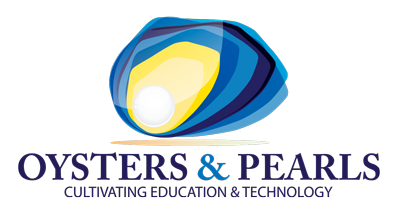
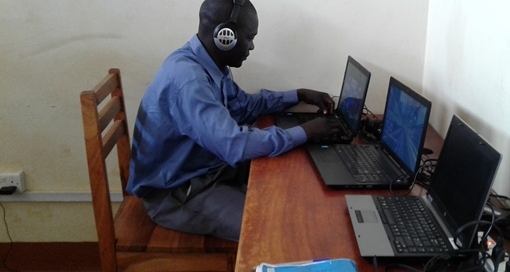
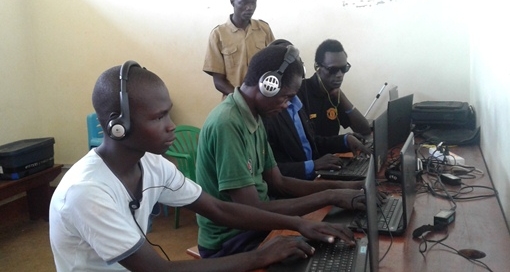
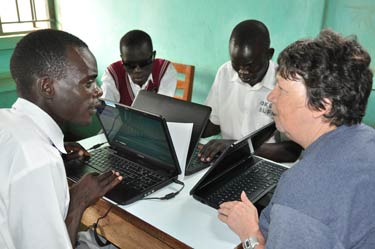
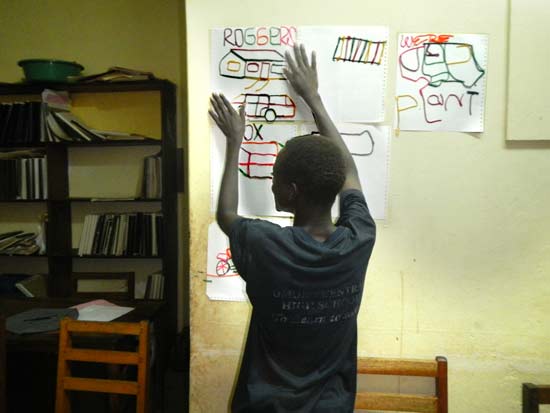
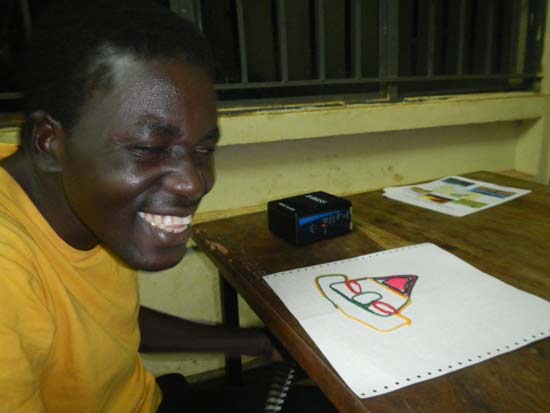
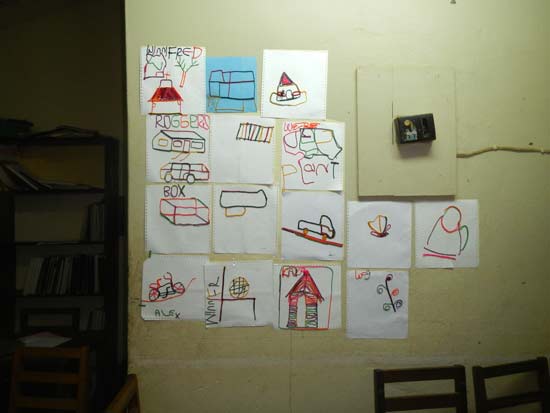
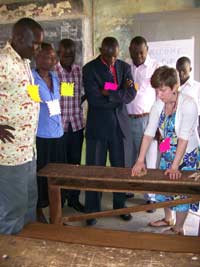 Erin and I excitedly geared up for our trip. Our goal was to bring minimal amounts of material, and plan with the teachers how to locally source as many materials
Erin and I excitedly geared up for our trip. Our goal was to bring minimal amounts of material, and plan with the teachers how to locally source as many materials